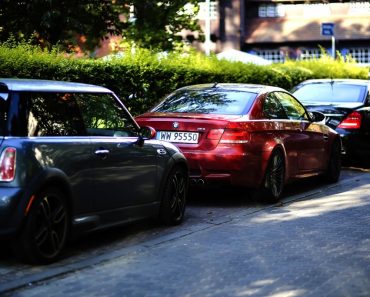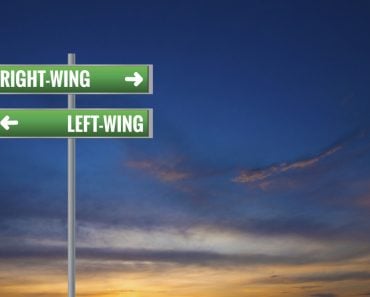Table of Contents (click to expand)
The driving-side difference is merely a matter of convenience. Driving on the left was an ancient practice for soldiers/traders. In the modern world, the right side became more convenient.
Recently, I was having a conversation with a friend of mine who had just come back from a trip to the United States. He was talking about his experience driving over there, and said, “Yes, it was fine. Once I got used to driving on the opposite side, it was no problem.” Naturally, a question popped into my mind was: Why?
Why is it that people drive on different sides of the road in different parts of the world? And perhaps more importantly, how did these differences come about?
The answers to those questions are interesting, and involve multiple historical contexts that must be taken into account. I call the answers interesting due to their incredible variety, from large-scale protests to simple matters of mere convenience. With that in mind, let’s take a look at how this happened.
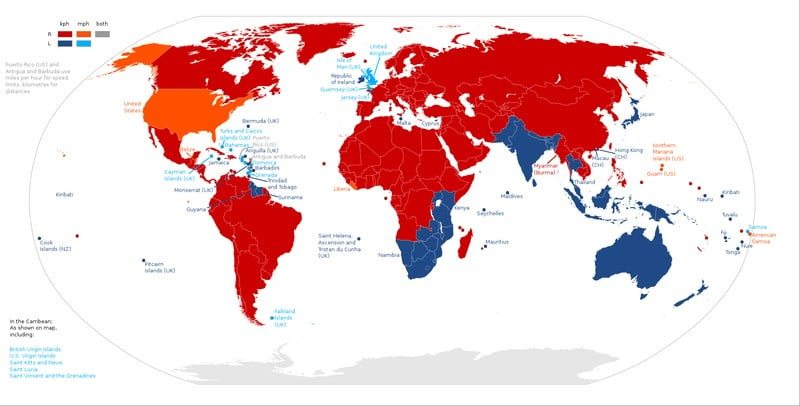
Recommended Video for you:
The Left
There are a few historical records that point towards the ancient world having left-moving traffic. Why the left side? Well, this was mostly a matter of convenience, which seems to be a pattern in terms of this subject.
It is a well-known fact that a majority of people are “right-handed”, meaning they are more familiar using their right hand for daily activities. Consider two people in the ancient world who would use horses the most:
- Merchants/Traders: A right-handed person, sitting in the middle, controlling a couple of horses finds it convenient for the carriage to lean towards the left, as this would provide better control and free space for the driver.
- Warriors: A right-handed warrior would always have the scabbard on his left side, to draw the sword using his right hand. This made it almost impossible for warriors to mount their horses from the right side. Hence, mounting the horse from its left side became a norm for soldiers and other warriors. Since soldiers always move in large numbers in coordinated patterns, all the soldiers would follow this method.
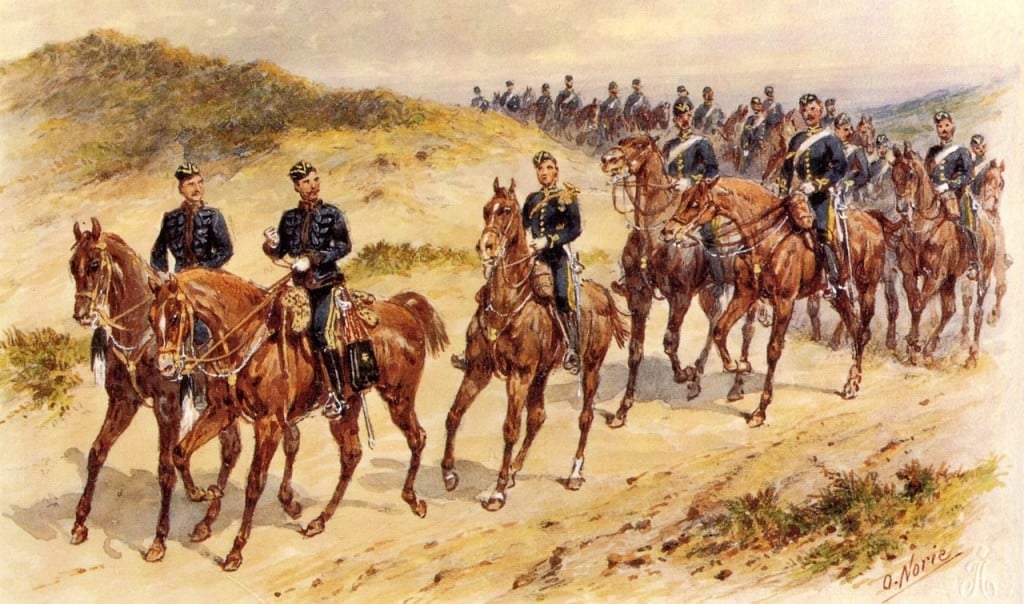
Because the majority of people were right-handed, it slowly became a habit, which proceeded to becoming a rule that was followed almost everywhere. The most prominent user of this system was Britain. In the 1700s, it even passed laws to make traffic flow on the left side of the road, a rule that had to be followed. For centuries, only two prominent horse users (soldiers and merchants) had been taken into consideration when making rules for traffic. However, the advent of the 1800s saw the rise of capitalism and a multiplicity of revolutions, which affected the world to a great extent, even in this particular aspect.
The Shift To The Right
The early 1800s brought two revolutions that directly affected the side on which traffic moved. These two revolutions were:
- Industrial Revolution: The late 1700s and early 1800s are closely connected to the rise of capitalism and the Industrial Revolution, which led to modern methods of production and gave the overall production process a boost. The amount of goods being produced could no longer be transported in small carriages that the merchants or traders owned. This is how freight wagons were introduced to the transport system. Freight wagons were large transport containers that needed to be hauled by a team of horses (and later, steam engines). The wagons did not usually have a central driver’s seat and the driver would sit atop one of the horses, on the left side, which would allow him to control the other horses with his right hand. Hence, the wagons naturally moved to the right side of the road, so the driver could have control over the horses and drive properly.
- French Revolution: The French Revolution created a stark divide between nobility and the commoners. Since the revolution was such a bloody one, much of the nobility had to change their ways of living to blend in with the commoners. In earlier times, the nobility and people with higher status in society would travel on the left side of the road, while the commoners, like the peasants, would travel on the right. During the revolution, the nobility began traveling on the right side so they wouldn’t be singled out and killed.
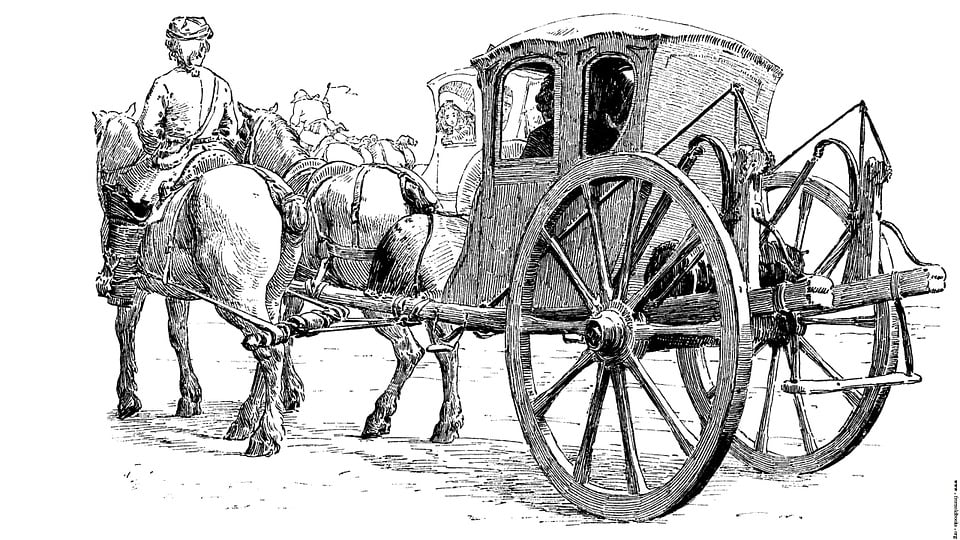

These new introductions and adaptations slowly became the usual method of living life. In areas like France, all traffic began moving on the right side after 1794, when an official right rule was passed in France. After the French revolution, Napoleon’s (the French monarch who came to power at the end of the revolution) conquests throughout Europe spread this method to areas like Germany, Poland, Switzerland etc. The states who opposed Napoleon stuck on the left side as a sign of open opposition towards his rule. For example, countries like Britain and Portugal were outright in sticking with the opposite side.
The Aftermath
Britain took its left-side system to all its colonies in the world. As a result of this, countries in East Africa, the South Pacific and Southeast Asia practice this system to this day. In countries like the United States, what started as a movement to oppose Britain soon became a matter of the industrialist’s choice. For example, it is said that right-side driving in the United States was heavily influenced by Henry Ford. The Model-T that his company put out had the steering wheel on the left side, so the car could only be driven on the right side of the road.
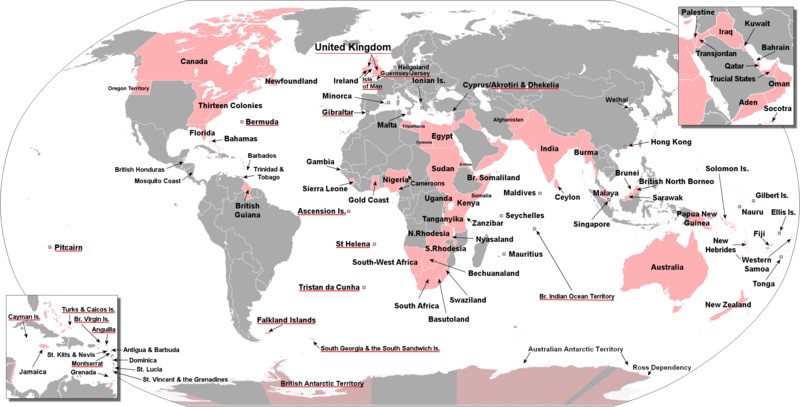
Conclusion
The side we drive on is not as irrelevant as one might think. Due to a superpower like the Unites States adopting right-side driving, along with multiple other nations, choosing what side to drive on became a statement that countries wanted to be included and counted in a bigger block. For example, after the second world war, Sweden was the only country in Europe that retained left-moving traffic.
Due to its trade agreements, and a will to conform with the rest of the continent, a lot of international pressure was put on the country. In 1967, the country finally changed to right-moving traffic.
As mentioned earlier, in ancient times, driving was merely a matter of convenience, so there weren’t any specific rules. It was Britain in the mid-1700s that decided to make it into a law. As the transition to right-side driving took place, some places still decided based on convenience, while other countries considered the bigger political and historical contexts.
So, the next time you’re driving and get stuck in a traffic jam, you can be secure in the fact that elsewhere in the world, someone driving on the opposite side of the street is also impatiently cursing the gridlock. We might not all drive on the same side of the road, but we probably have more in common than we think!



